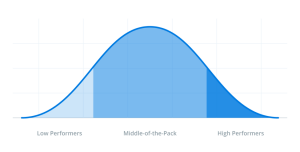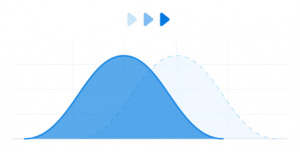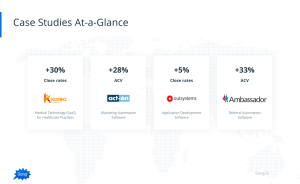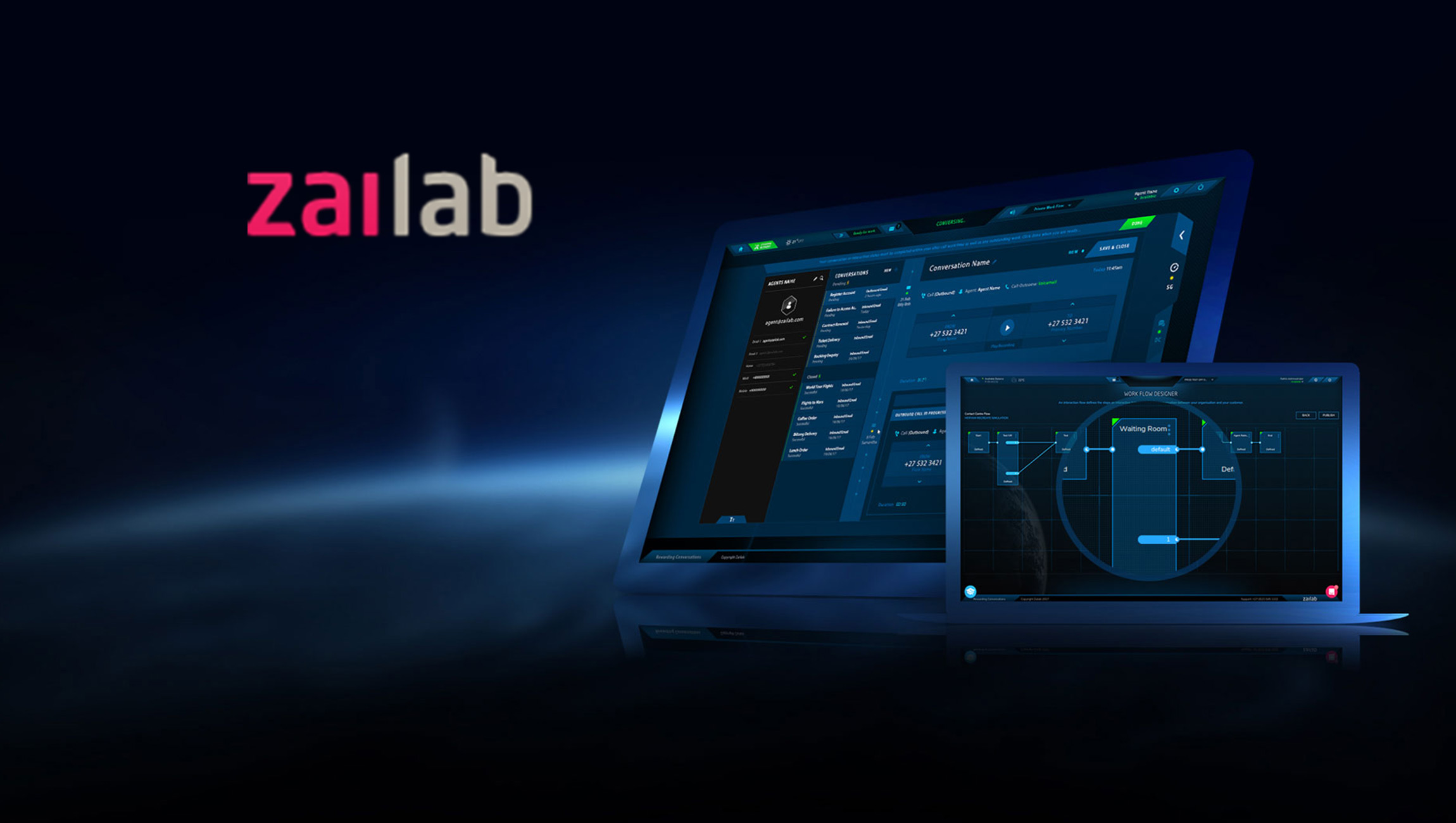Public Answers to Some Frequently Asked Questions
 Conversation intelligence technology is one of the newest, most impactful sales technologies available today. It’s helping hundreds of sales organizations increase quota attainment and performance across their entire teams. But since it’s so new and novel, there are a lot of questions about it from both current users and potential users.
Conversation intelligence technology is one of the newest, most impactful sales technologies available today. It’s helping hundreds of sales organizations increase quota attainment and performance across their entire teams. But since it’s so new and novel, there are a lot of questions about it from both current users and potential users.
This post outlines a list of frequently asked questions about this new technology, and our answers to them. We hope you find it useful. These are the questions every modern sales leader should have answers to.
What Is Conversation Intelligence Technology?
Conversation intelligence is a software-as-a-service (SaaS) designed to deliver insight into sales conversations (and other types of business conversations).
It goes beyond the insights that basic call recording can provide by leveraging technologies such as speech-to-text transcription, machine learning, and natural language processing.
Thus, insights can be extracted in an aggregate way, helping you identify key patterns and trends across hundreds (or thousands) of conversations, rather than just a few.
What Problems Does Conversation Intelligence Address?
Sales leaders and other managers are blind to what’s happening during frontline sales conversations. As a result of this lack of visibility, several consequences occur:
- The quota attainment gap between your star reps and your average reps persists
The most decisive thing that separates your star reps from the rest of the team comes down to how they conduct their sales conversations. If you’re blind to your team’s conversations, it becomes impossible to close the performance gap between these two groups.
You can’t replicate the successful things your top reps are doing, and coaching your “middle of the pack” reps becomes an act of guesswork. - Inconsistency spreads across your sales team’s conversations: When you’re blind to your team’s conversations, you’re at mercy of having 10 reps handle 10 calls in 10 different ways.Messaging easily becomes inconsistent, the way your reps execute becomes fragmented, and it becomes very difficult to get everyone marching in the same direction.“Wild west” sales execution reigns.
- Your sales team loses deals: Many sales opportunities fail to materialize into revenue when you lack visibility into sales conversations. The worst part is, you never know why you’re losing these deals.When you have bottlenecks in your sales process, it’s next to impossible to fix them if you don’t know what’s going on during sales conversations. You have to understand what’s going wrong to be able to address the issue.Shining the light on sales conversations that lie within the bottlenecked stage is the first step to fixing the bottleneck.
- Key decisions become guesswork: When you don’t have an easy way to get insight into frontline sales conversations, many key decisions and initiatives are made based on guesswork and remain unrooted from reality.Sales training and coaching don’t address the team’s true needs since there isn’t enough insight into where the team needs training and coaching.

- Sales playbooks and processes are created in the confines of an office rather than based on what’s happening in the field.It becomes impossible to gauge what’s working and what’s not.
What Are the Most Common Use Cases of Conversation Intelligence?
- Replicating best practices – One of the most common use cases of conversation intelligence is analyzing what your best reps are doing and driving the adoption of those techniques across the rest of your team.
- Coaching – This is the most common use case today. Conversation intelligence can help you pinpoint areas of improvement, deliver actionable feedback, and drive the adoption of new, successful behaviors.

- Onboarding – Many fast-growing companies with plenty of new hires find themselves using libraries of their best sales calls as tools to get new reps up to speed and operating at full quota faster.
- Knowledge sharing – There’s tons of tribal knowledge trapped within sales conversations. Feature requests, the voice of the customer, competitive and market intelligence, and much more. As a result, conversation intelligence often becomes widely used throughout many departments beyond just the sales team.
- Pipeline management – Many savvy sales managers make sure more deals close by staying on top of what’s happening during the sales conversations in their pipeline. These sales manager often make it a habit to review all late-stage calls so they can help course-correct key deals.
- Process improvement – The key to refining your sales process is identifying the bottlenecks. One of the most common places bottlenecks occur is during certain types of sales conversations. Getting visibility into those will help you iron out the wrinkles.
How Does Conversation Intelligence Work?
Different platforms on the market work in slightly different ways. But in general, there are usually three steps behind how this technology works–
- Record – The first step is recording calls. Many conversation intelligence platforms record calls themselves. Some platforms don’t record themselves but instead “piggyback” off of call recordings you already have in place. Others can do both. The point is, everything starts with a call recording.
- Transcribe – Once calls are recorded, they are transcribed from speech-to-text, transforming calls into searchable data that can be analyzed with technologies such as machine learning.
- Analyze – Transcriptions are a means to an end, and that end is to power the analytics. Calls are analyzed individually and aggregately using technologies such as machine learning to identify key trends and patterns of effectiveness.
How accurate are the transcripts?
Transcription accuracy doesn’t change much from vendor to vendor, usually leveling off at around 80-85%. Heavy accents tend to decrease accuracy around 5 percentage points.
Many customers ask if the transcripts will become more accurate over time as they collect more data. The short answer is “yes,” but only very slightly.
Remember: transcriptions are only a means to an end. That end is analytics.
Also Read: Sales Performance Gap: The #1 Reason VPs of Sales Miss Their Revenue Targets
Won’t my sales reps think this is “Big Brother”?
This is a common concern of sales leaders – they don’t want their reps to think they are observing them in a “Big Brother” fashion.
Funny enough, we’ve found individual sales reps to be even bigger fans of the technology than managers and sales leaders.
Reps often view conversation intelligence as “game tape for salespeople.” It helps them review their performance and make every sales-call better than their last one, just like a professional quarterback reviews game tape of their own performances.
They can also use the technology to learn from their peers, “swapping” successful talk tracks, discovery questions, and other best practices. It’s a great way for reps to cross-pollinate their tribal knowledge.
It all comes down to how you position conversation intelligence to your reps:
Big Brother management tool?
Or “game type” learning portal?
Do Reps Have to Notify Customers That the Call Is Being Recorded?
As of this writing, there are 11 states in the US that require “all-party consent.” These states legally require you to notify your prospects and customers that the call is being recorded. Because of that, we recommend sales reps always notify the people on their sales calls that it’s being recorded.
For scheduled conference-style sales calls, this is very easy to pull off. Feel free to steal this line:
“Do you mind if I record this call so I’m not scrambling for notes the entire time?”
In our experience, almost no-one says no to this.
For sales teams making outbound cold calls, notifying your prospects can be a little more tricky. Cold calling is hard enough. Starting by telling your prospect the call is being recorded makes it harder.
If this is your situation, we recommend leveraging a tool like SalesLoft, Outreach, or InsideSales.com.
These dialing technologies have capabilities that intelligently record only the rep’s side of the call when calling into “all-party consent” area codes. Most conversation intelligence platforms will seamlessly integrate with these dialing tools.
If you don’t have the luxury of a dialing technology like that, but you do want to record your calls (and comply with the law), try using this line:
“Hi [prospect name], this is Chris from Gong.io calling on a recorded line… did I catch you at a decent time?”
What Kinds of Companies Make Good Customers for Conversation Intelligence?
The best “fits” for conversation intelligence are sales teams who sell by phone or conference call who need to get visibility into their sales calls. Currently, the most common types of companies to adopt conversation intelligence are mid-market B2B technology firms, since they tend to be “early adopters.”
Most of the time, these are “account executive” teams who close deals (as opposed to sales development teams making prospecting calls).
We’ve found that “closer” sales teams are often more likely to adopt this technology because there is more at stake from a financial perspective in making sure their sales conversations are highly effective.
However, we’ve recently seen multiple new industries, as well as different types of sales organizations, adopt the technology, including:
- Media companies
- Sales development teams
- B2C sales teams
While mid-sized B2B tech companies are the most common adopters today, the market will likely develop in such a way that includes just about any organization interacting with prospects and customers over the phone.
Also Read: This Is the Key Difference Between Your Star Reps and the Rest of Your Team
What Are Customers Achieving with Conversation Intelligence?
Here’s a snapshot of a few conversation intelligence customer case studies:

As you can see, sales organizations are moving the needle on key sales outcomes like close rates and average contract value (ACV).
There are many other metrics sales organizations are improving with conversation intelligence, including:
- Decreased sales cycle length
- Decreased onboarding ramp time for new hires
- Increased sales team quota attainment
- Increased ROI per sales rep
What Is the Future of Conversation Intelligence Technology?
In the coming years, conversation intelligence will expand beyond B2B sales teams and into other types of organizations, including B2C call centers, customer success organizations, and other organizations who interact with customers and prospects remotely.
New verticals and industries will also begin adopting the technology at faster rates, such as media companies, financial services, and dozens more.
The technology itself will continually become more impactful as machine learning and artificial intelligence rapidly advance.
Expect the technology to expand in a few interesting ways:
- Deeper analytics regarding what’s working on sales calls (and what’s not)
- Real-time capabilities that “nudge” reps with recommended talk tracks based on customer response
- More support for the “Voice of Customer” and “Market Intelligence” use cases
- Expansion into conversation channels that go beyond the phone (email, chat, etc.)
- Predictive capabilities that help reps manage their pipeline and help sales leaders forecast more accurately based on historic conversations
- AI-driven automation (automated coaching suggestions to reps, etc.)
Thanks for taking the time to read this post. We hope you’ve found it useful, and that it answered the questions you may have.
Also Read: Interview with Amit Bendov, CEO and Co-Founder at Gong.io











